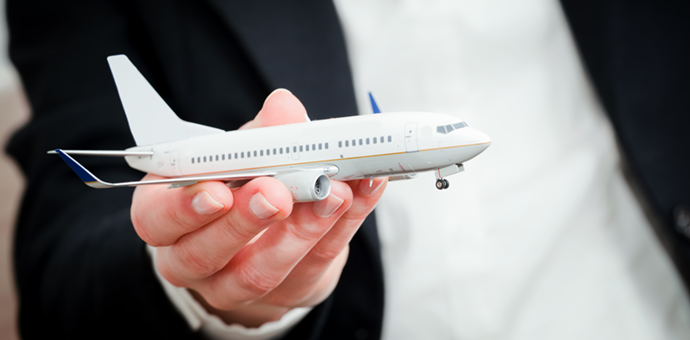Sofema Aviation Services (www.sassofia.com) considers the pros & cons which are met by the different options of Aircraft Leases.
Forthcoming Training Notification – Managing Aircraft Lease Agreements and Maintenance Reserves – 3 Days – Bangkok, Thailand 9 am to 5 pm from November 25th to November 27th 2019.
Basic Leasing Terminology
Operating Leases
Within an operating lease, the airline hires an aircraft for a defined period of time. Operating leases preserve an airline’s liquidity. Operating leases are often used by new entrant airlines that lack the capital required to purchase aircraft outright or the financial history to secure favourable loan terms. An operating lease might last between three and ten years (although wide-body aircraft leases can be longer). The cost of an operating lease is the sum of three factors:
a) The leasing cost. Typically set at I% of the new aircraft cost per month (supply & demand impact)
b) Maintenance Reserves
c) Security Deposits (typically equivalent to 2 or 3 months lease payments) – Returned on the closeout of the lease
Operating leases differ not only in terms of their duration but also in the nature of the lease, and as such, they can be classified as one of three types: a dry, damp or wet (ACMI) lease.
Dry Lease
The airline hires the aircraft (without crew, maintenance or insurance) from a leasing company however uses its own flight and cabin crew to operate the aircraft.
Dry lease requires the lessee to put the aircraft on its own air operator’s certificate (AOC) and provide air registration.
A dry lease agreement will be impacted by a number of elements including depreciation, maintenance, insurance as well as the political and geographical location of the lessee.
A Derivative of Dry Lease is a Finance Lease
Also known as a capital lease, based on one of the following conditions being met:
a) At the maturity of the lease, the lessee has the option of purchasing the equipment
b) The total lease payments are more than 90% of the total market value of the equipment
c) The lease period covers at least 75% of the usable life of the equipment
Damp Lease
The airline hires the aircraft plus the Flight Crew and maintenance needed to operate it. However, cabin crew are provided by the lessee.
Wet lease (also sometimes called an ACMI lease, Note Small Difference)
In this lease, the owner of the aircraft (the lessor) provides the aircraft, crew (pilots and cabin crew), maintenance and insurance (ACMI).
ACMI Leases Typically last for at least a month & are usually the most expensive of the three types of lease
ACMI Leases are often considered where there is a short-term increase in capacity or when there is a shortfall of available equipment.
Note: Difference between Wet lease & ACMI
In the case of ACMI Leases, all other charges are paid directly by the leasing party, fuel, HOTAC, overflight charges, crew per diem, handling etc.
Wet lease varies, but generally considers all charges with the possible exception of fuel, which varies by agreement.
Negative Considerations Related to ACMI Leasing
Leases can cost more than Dry Leasing.
A Wet Lease can impact the standard of in-flight service provision.
Next Steps
Follow this link to our Library to find & Download related documents for Free.
Sofema Aviation Service www.sassofia.com and SofemaOnline www.sofemaonline.com offer regulatory and vocational training both online and within the classroom environment. For details or enquiries please email team@sassofia.com
Tags:
Aircraft Maintenance Reserves, Aviation Training, Aircraft Lease, Aircraft Lease agreements, Aircraft Lease Types and Options, SAS blogs





